I remotely remember that tries don't store the whole data per node, only the suffix to the parent node.
Where trees do store the whole data, but only organize themselves based on a prefix.
So tries get smaller, which allows for example to compress dictionaries very well.
Is that really the only difference?
From actual applications I remember that tries are faster in range queries. There are even special solr/lucene trie fields to speed up range queries. But how is that so?
What is the actual difference and what are the advantages and disadvantages of tries and trees?


